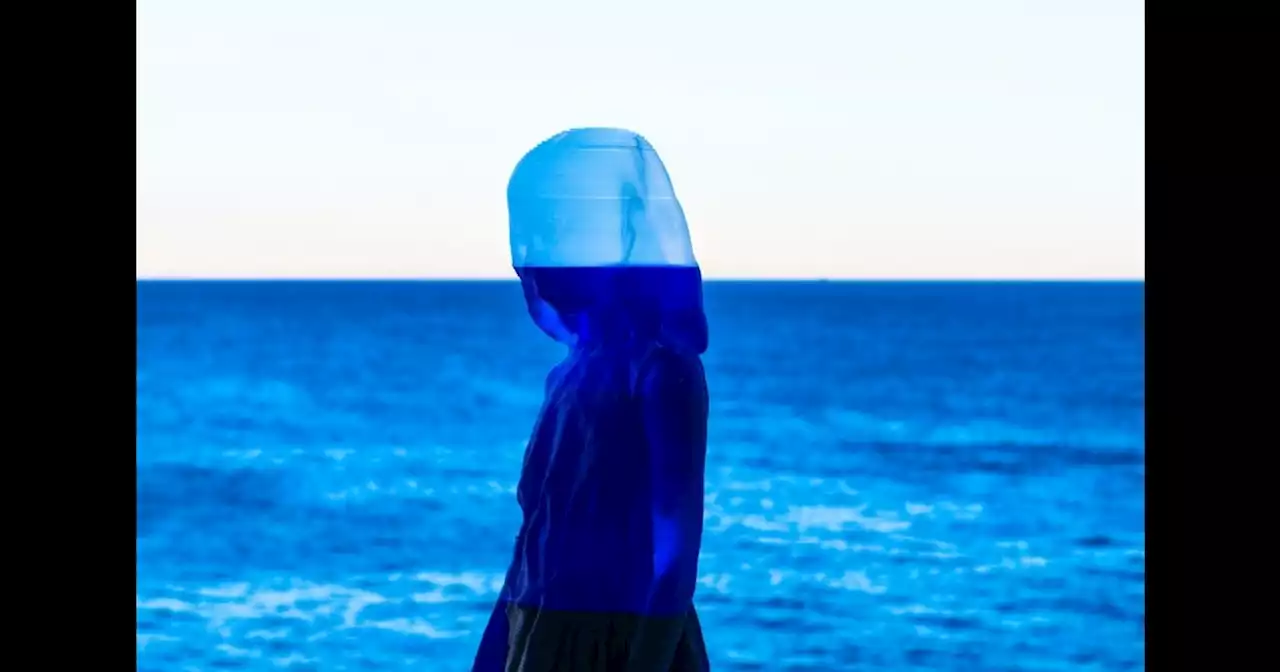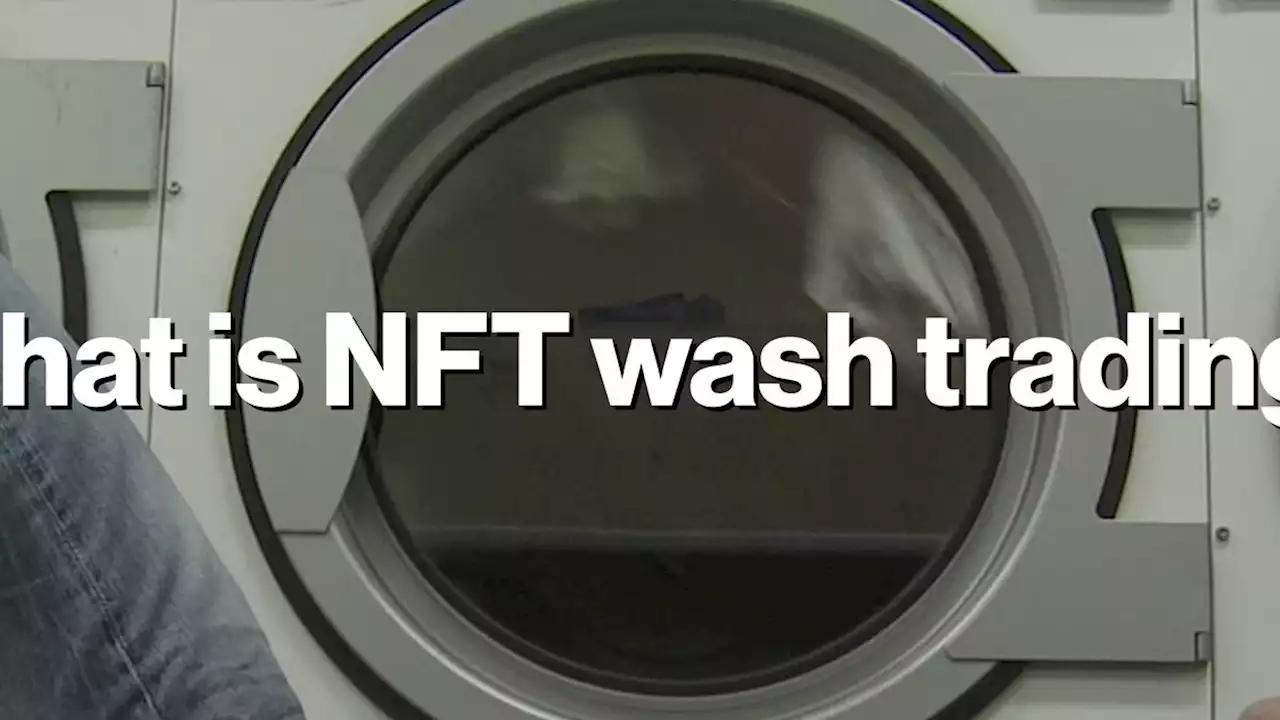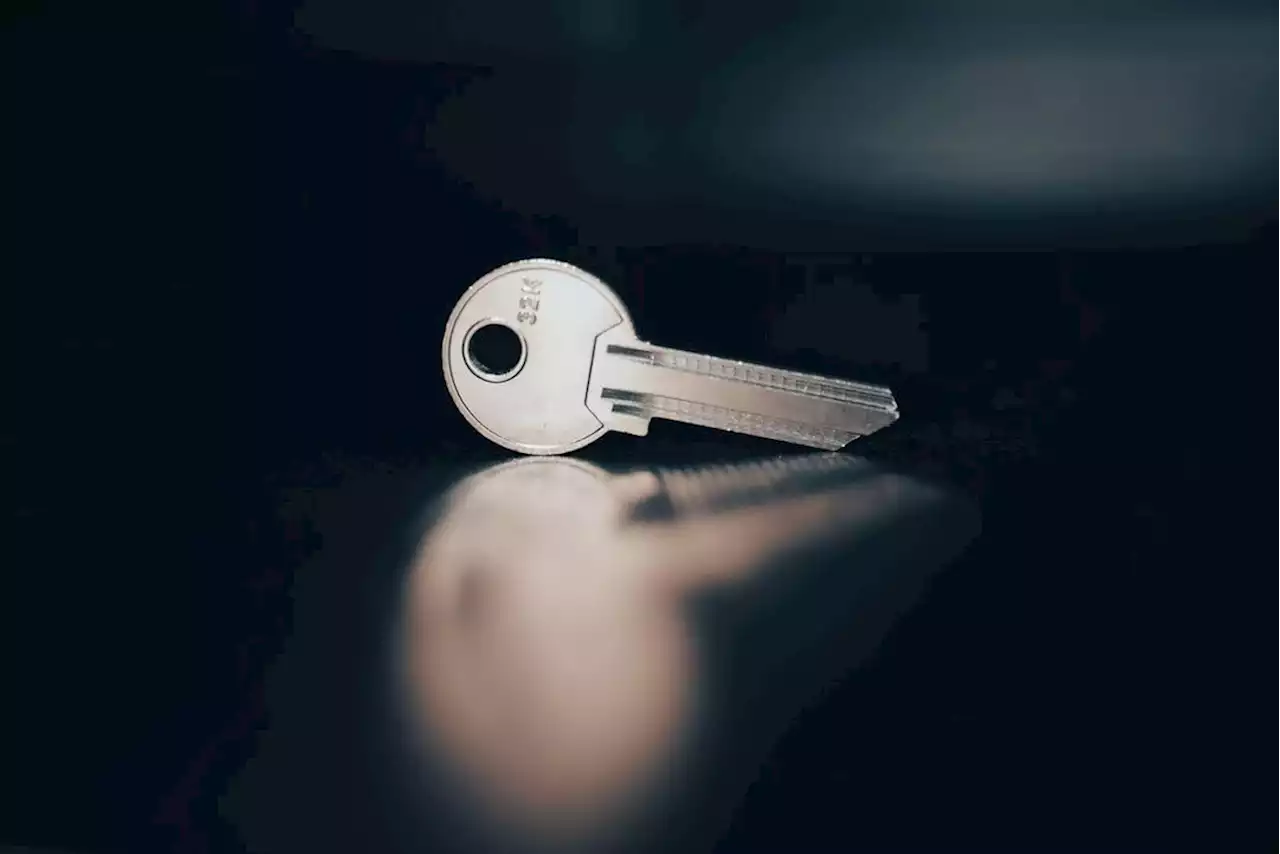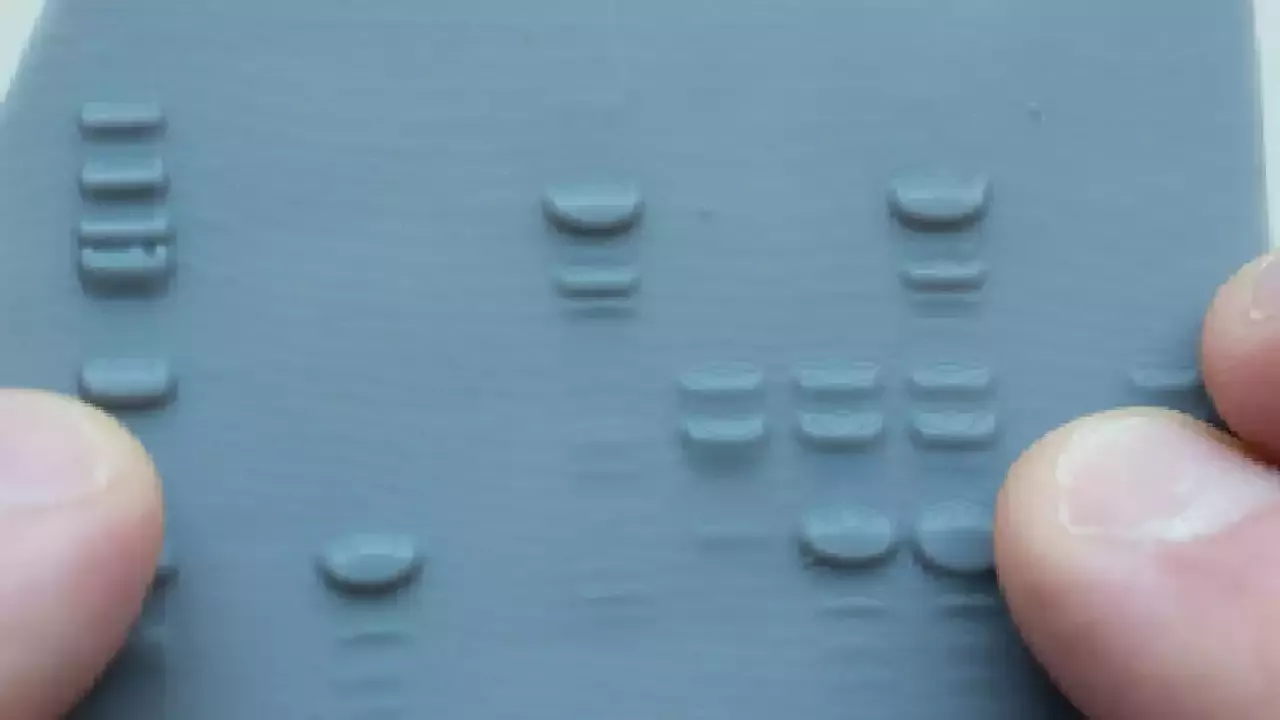These researchers are making science more inclusive.
A research team led by Baylor University chemists has used lithophane – a 19th-century art form – and 3D printing to turn scientific data into tactile graphics that glow with a video-like resolution,the same piece of data.“This research is an example of art making science more accessible and inclusive. Art is rescuing science from itself,” said Bryan Shaw, professor of chemistry and biochemistry at Baylor.
Lithophanes are thin engravings made from translucent materials . At first glance, they appear opaque in ambient light, but when backlit by any light source, they glow like a digital image. In this study, the researchers used 3D printing for the lithophanes. “The idea of lithophanes was a concept Dr. Shaw had been playing around with, and I thought it was an amazing opportunity to help a group of individuals that have been stigmatized in the field of chemistry,” said co-lead author Jordan Koone, a doctoral candidate in chemistry at Baylor and member of Shaw’s lab. “It has been awesome to see blind people who have been told their entire life they could not excel in the fields of science interpret data just as easily as a sighted person.
The researchers tested the lithophanes on both sighted and blind students. The study found that the average test accuracy for all five lithophanes was: 96.7 percent for blind tactile interpretation and 92.2 percent for sighted interpretation of back-lit lithophanes.“Before working on the lithophane project, I believed research was limited to experiments done in a laboratory setting,” said co-lead author Chad Dashnaw, a doctoral candidate in chemistry at Baylor also in Shaw’s lab.
“But research is just trying to answer unanswered questions, and our work here is answering a very important one: Can blind persons be a part of STEM? Lithophanes provide a data format that can be universally shared between sighted and blind individuals making STEM more accessible to those who have previously been overlooked.
Canada Latest News, Canada Headlines
Similar News:You can also read news stories similar to this one that we have collected from other news sources.
 Scientists Create Holograms That You Can TouchUniversity of Glasgow scientists have created hologram system that uses jets of air known as 'aerohaptics' to replicate the sensation of touch.
Scientists Create Holograms That You Can TouchUniversity of Glasgow scientists have created hologram system that uses jets of air known as 'aerohaptics' to replicate the sensation of touch.
Read more »
 Dead straight, dead flat, dead coolOnce a 19th-century railway route, Catesby Tunnel is all set to revolutionise aerodynamic testing in the UK 💨
Dead straight, dead flat, dead coolOnce a 19th-century railway route, Catesby Tunnel is all set to revolutionise aerodynamic testing in the UK 💨
Read more »
 Hitting the Books: Newfangled oceanographers helped win WWII using marine science | EngadgetLethal Tides tells the story of pioneering oceanic researcher Mary Sears and her leading role in creating one of the most important intelligence gathering operations of World War II..
Hitting the Books: Newfangled oceanographers helped win WWII using marine science | EngadgetLethal Tides tells the story of pioneering oceanic researcher Mary Sears and her leading role in creating one of the most important intelligence gathering operations of World War II..
Read more »
 What Is NFT Wash Trading?While the popularity of certain NFT projects can fluctuate depending on market conditions, this shadowy practice is often used to manipulate the prices of certain NFTs to make them appear more valuable. Here's what that looks like:
What Is NFT Wash Trading?While the popularity of certain NFT projects can fluctuate depending on market conditions, this shadowy practice is often used to manipulate the prices of certain NFTs to make them appear more valuable. Here's what that looks like:
Read more »
 How to Create a Random Password Generator Using Python | HackerNoonCreate a random password generator using Python by generating a combination of letters, numbers, and symbols as characters scrambled together
How to Create a Random Password Generator Using Python | HackerNoonCreate a random password generator using Python by generating a combination of letters, numbers, and symbols as characters scrambled together
Read more »
